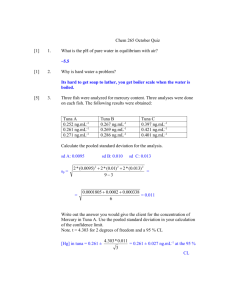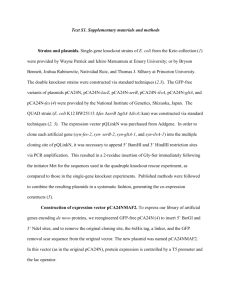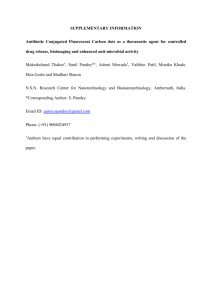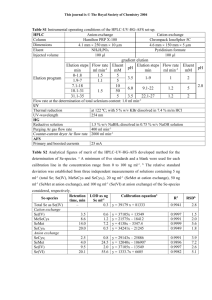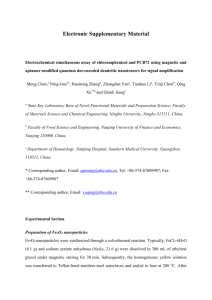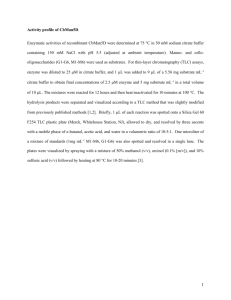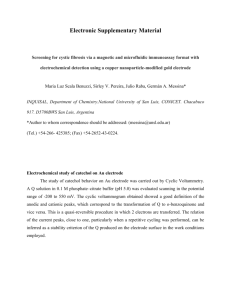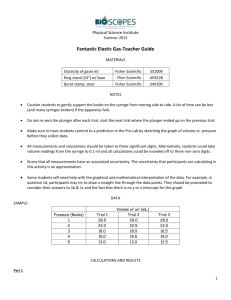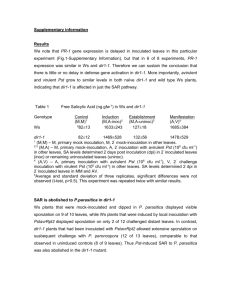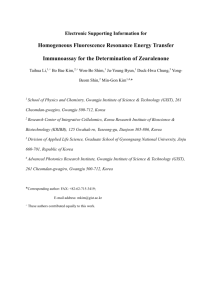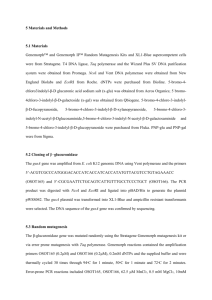Subject Category: Microbial population and community
advertisement
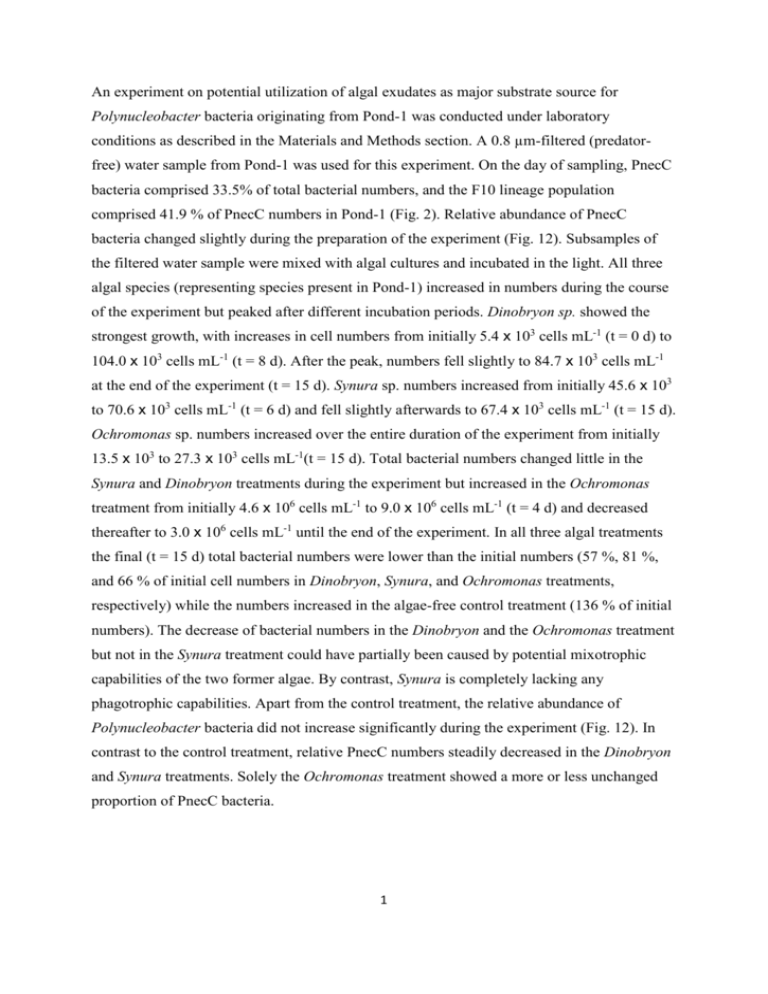
An experiment on potential utilization of algal exudates as major substrate source for Polynucleobacter bacteria originating from Pond-1 was conducted under laboratory conditions as described in the Materials and Methods section. A 0.8 µm-filtered (predatorfree) water sample from Pond-1 was used for this experiment. On the day of sampling, PnecC bacteria comprised 33.5% of total bacterial numbers, and the F10 lineage population comprised 41.9 % of PnecC numbers in Pond-1 (Fig. 2). Relative abundance of PnecC bacteria changed slightly during the preparation of the experiment (Fig. 12). Subsamples of the filtered water sample were mixed with algal cultures and incubated in the light. All three algal species (representing species present in Pond-1) increased in numbers during the course of the experiment but peaked after different incubation periods. Dinobryon sp. showed the strongest growth, with increases in cell numbers from initially 5.4 x 103 cells mL-1 (t = 0 d) to 104.0 x 103 cells mL-1 (t = 8 d). After the peak, numbers fell slightly to 84.7 x 103 cells mL-1 at the end of the experiment (t = 15 d). Synura sp. numbers increased from initially 45.6 x 103 to 70.6 x 103 cells mL-1 (t = 6 d) and fell slightly afterwards to 67.4 x 103 cells mL-1 (t = 15 d). Ochromonas sp. numbers increased over the entire duration of the experiment from initially 13.5 x 103 to 27.3 x 103 cells mL-1(t = 15 d). Total bacterial numbers changed little in the Synura and Dinobryon treatments during the experiment but increased in the Ochromonas treatment from initially 4.6 x 106 cells mL-1 to 9.0 x 106 cells mL-1 (t = 4 d) and decreased thereafter to 3.0 x 106 cells mL-1 until the end of the experiment. In all three algal treatments the final (t = 15 d) total bacterial numbers were lower than the initial numbers (57 %, 81 %, and 66 % of initial cell numbers in Dinobryon, Synura, and Ochromonas treatments, respectively) while the numbers increased in the algae-free control treatment (136 % of initial numbers). The decrease of bacterial numbers in the Dinobryon and the Ochromonas treatment but not in the Synura treatment could have partially been caused by potential mixotrophic capabilities of the two former algae. By contrast, Synura is completely lacking any phagotrophic capabilities. Apart from the control treatment, the relative abundance of Polynucleobacter bacteria did not increase significantly during the experiment (Fig. 12). In contrast to the control treatment, relative PnecC numbers steadily decreased in the Dinobryon and Synura treatments. Solely the Ochromonas treatment showed a more or less unchanged proportion of PnecC bacteria. 1
